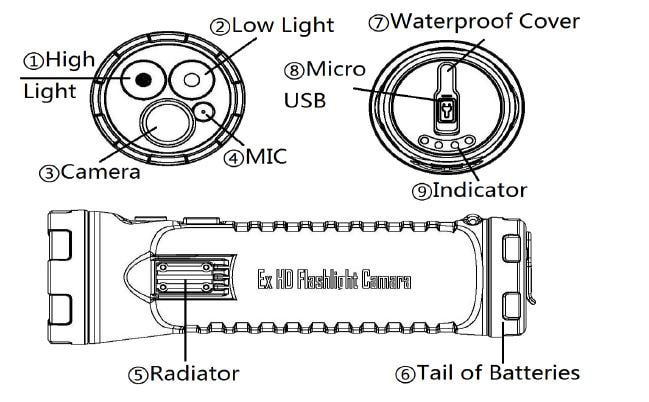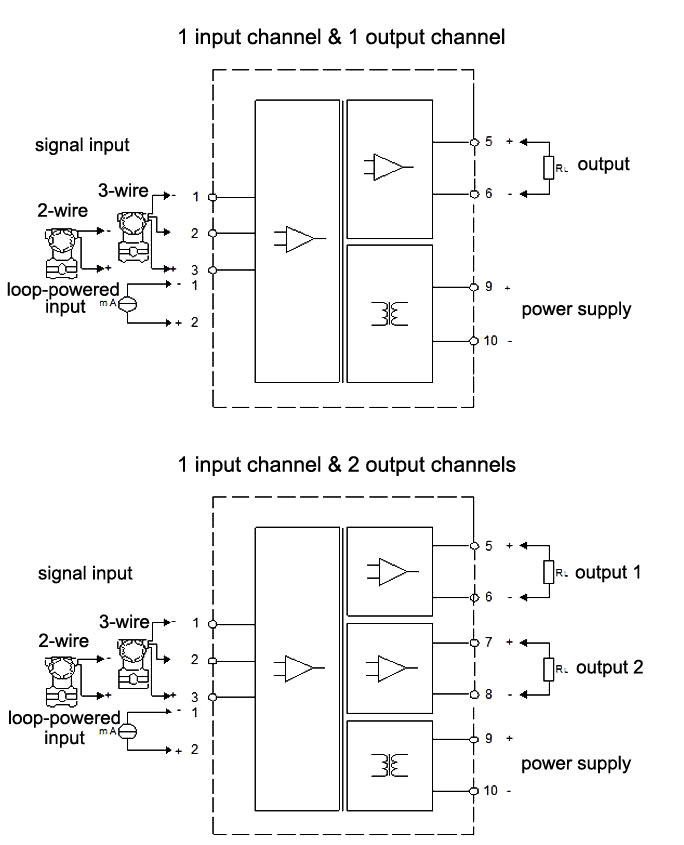

In today’s era of the internet, you can learn how to do almost anything online. Electrical work can become a dangerous job, especially when you’re unsure about what you are doing. Testing electric components with tools for instance a line sniffer or a multimeter think if they are safe to touch or if an electrical current is flowing through them. Make sure to test the voltage of wires and brake lines before touching them. A good way to tell a quality switch or outlet is by the occurrence of a back-wire feature.


They have a tendency to be only slightly more expensive, but also last lengthier. While it might be tempting to economize on some supplies as a DIYer, electrical switches and outlets aren’t one of them. Top quality switches and outlets are worth it Many people won’t manage to tell the distinction, unless they’re professional electricians or fellow DIYers. They are typically in measurements up to 3/4 inch wider and longer than regular switch plates. Thankfully, there are oversized plates available at hardware stores that you can use to cover your switches. Hide breaks in drywall with oversized platesĪny time you’re installing electrical switches, it’s pretty easy to cut a hole in the drywall that is too big. You will find wire extensions available if you finish up cutting them short, but the wiring will work better if it is intact.Īs a rule of thumb, you’ll want to have cabling that is very long to extend 3 inches outside of the electrical package. It’s always better to have too much wire than not enough. Knowing the variation between the wire connections will allow you to wire your home appropriately and prevent the high volts of swapping the neutral and hot. If there’s a ground wire, it will be a copper mineral wire saved in place by a screw on the same side since the natural terminal. The black wire, on the other hand, is the hot wire and goes into the hot terminal, the one opposite the neutral terminal. The white cable is the fairly neutral wire and switches into the neutral airport terminal, which is noticeable by silver/light-colored screws. When connecting electrical wiring for an outlet, it is important to not confuse your cables or put them in the wrong terminal. Being equipped with the right tools will help you be prepared for anything throughout the electrical switch wiring process. They might include a multimeter, a non-contact voltage metal detector (tests the warmth of wire without touching it) and a mixture sheath and wire stripper. Like any other DIY job, you want to be sure to have the right tools to do the job. MUST-KNOW TIPS FOR DO-IT-YOURSELF ELECTRICAL WIRING AND CHANGING 1.


 0 kommentar(er)
0 kommentar(er)
